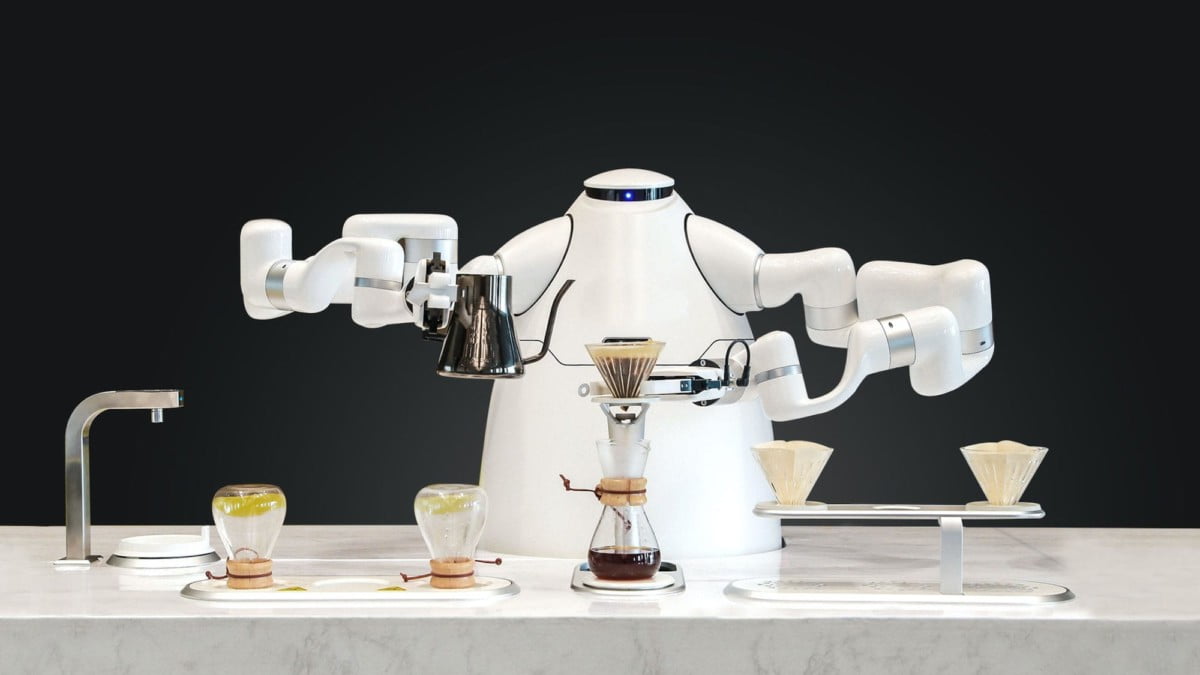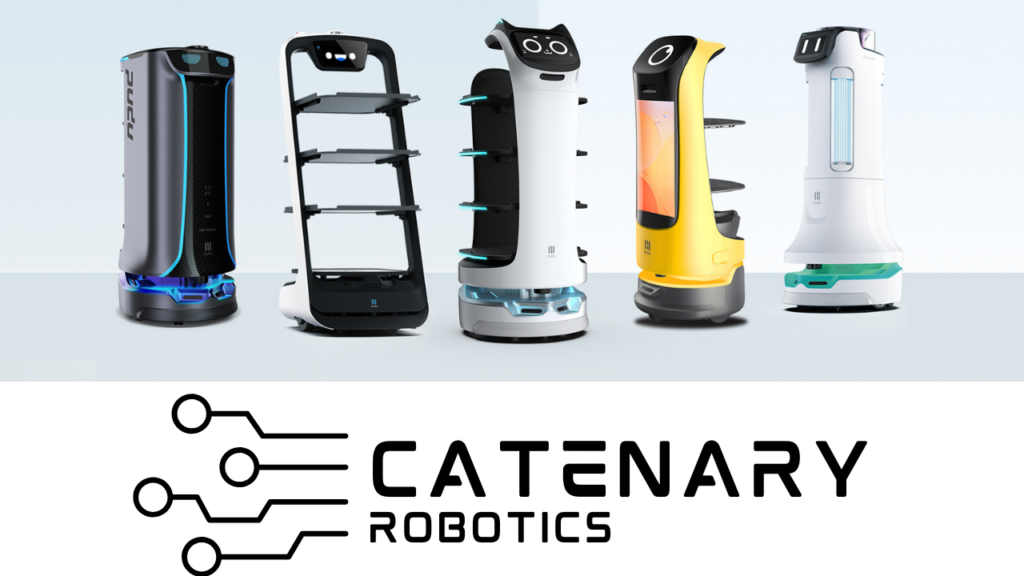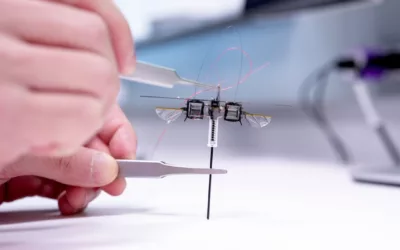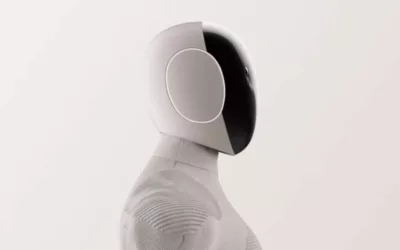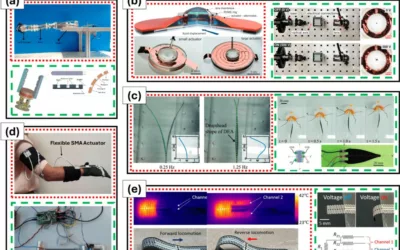FluidLab, a new simulation tool from researchers at the MIT Computer Science and Artificial Intelligence Laboratory (CSAIL), enhances robot learning for complex fluid manipulation tasks like making latte art, ice cream, and even manipulating air. The virtual environment offers a versatile collection of intricate fluid handling challenges, involving both solids and liquids and multiple fluids simultaneously. FluidLab supports modeling solid, liquid, and gas, including elastic, plastic, rigid objects, Newtonian and non-Newtonian liquids, and smoke and air.
At the heart of FluidLab lies FluidEngine, an easy-to-use physics simulator capable of seamlessly calculating and simulating various materials and their interactions, all while harnessing the power of graphics processing units (GPUs) for faster processing. The engine is “differential,” meaning the simulator can incorporate physics knowledge for a more realistic physical world model, leading to more efficient learning and planning for robotic tasks. In contrast, most existing reinforcement learning methods lack that world model that just depends on trial and error. This enhanced capability, say the researchers, let users experiment with robot learning algorithms and toy with the boundaries of current robotic manipulation abilities.
Researchers tested said robot learning algorithms using FluidLab, discovering and overcoming unique challenges in fluid systems. By developing clever optimization methods, they’ve been able to transfer these learnings from simulations to real-world scenarios effectively.

